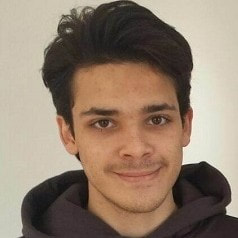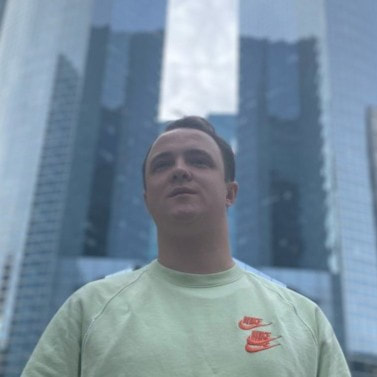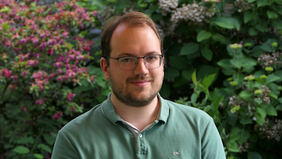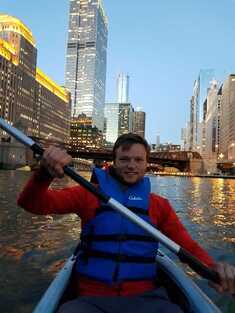Open positions
You'll find below some announcements of open positions. Obviously I welcome externally funded researchers (e.g. via Marie Curie fellowships, ERC grants, etc.). Don't hesitate to contact me to discuss details: Contact
PostDoctoral researcher
No open positions at the moment.
PhD thesis
We have no open positions at the moment...
Internships

Computer science: Apprentice student ("étudiant/e en alternance", Master 1+2)
Join the Astro-COLIBRI team at IRFU, CEA Paris-Saclay, and contribute to the cutting-edge platform transforming real-time astrophysical phenomena observations. This dynamic role involves developing software for scientific data processing, enhancing user interfaces across web and mobile platforms, and implementing robust testing frameworks. Ideal for master's students passionate about full-stack development, computer science, or UI/UX design, with skills in Python, Git/GitLab, and a solid command of English for international collaboration. First contacts with Dart/Flutter would be a plus.
We typically open one such positions per year. Keep an eye out for announcements around February/March. See the following page for past opportunities: Internships
Join the Astro-COLIBRI team at IRFU, CEA Paris-Saclay, and contribute to the cutting-edge platform transforming real-time astrophysical phenomena observations. This dynamic role involves developing software for scientific data processing, enhancing user interfaces across web and mobile platforms, and implementing robust testing frameworks. Ideal for master's students passionate about full-stack development, computer science, or UI/UX design, with skills in Python, Git/GitLab, and a solid command of English for international collaboration. First contacts with Dart/Flutter would be a plus.
We typically open one such positions per year. Keep an eye out for announcements around February/March. See the following page for past opportunities: Internships
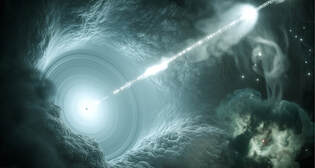
Astrophysics: Multimessenger astrophysics in real-time
While we do not have a dedicated internship available at this time, externally funded internships are always possible. Feel free to get in touch with me: Contact
Start date: any time
Duration: minimum 3 months
While we do not have a dedicated internship available at this time, externally funded internships are always possible. Feel free to get in touch with me: Contact
Start date: any time
Duration: minimum 3 months
Team members
|
|
Atilla Kaan AlkanInternship M2 (2020) + PhD (since 2021)During his internship Atilla worked on natural language processing of reports of astrophysical observations. He implemented his own version of a Word2Vec vector representation of GCN circulars. Atilla also joined the Astro-COLIBRI development team and improved the assessment of the observability of a source for ground based observatories.
Atilla is doing a joint thesis with experts from the LISN institute at the Paris-Saclay university. He will be implementing an artificial intelligence based pipeline to process reports on astrophysical observations (e.g. ATELs, GCN circulars, TNS astronotes, etc.). Using tools for natural language processing (NLP) the results will help to improve the Astro-COLIBRI platform. |
Dagmar RozendalMaster internship (since February 2024)Dagmar is preparing a combined data science and astronomy masters at the Universtity of Groningen (Netherlands) under a joint supervision of Prof. Manuel Vecchi and Fabian Schüssler. She is participating in observations of transients (especially GRBs) with H.E.S.S. and the development of Astro-COLIBRI.
|
Bernardo Cornejo
Master internship (since April 2024)
Bernardo is preparing his Masters degree at the Sorbonne University within the program "Noyaux, Particules, Astroparticules, Cosmologie" (NPAC). He is searching for very-high-energy gamma rays associated to mergers of compact objects detected via gravitational waves.
Patrick ReichherzerPhD (2019-2022) + collaborator (since 2022)Patrick did a joint PhD program between the university Paris-Saclay and the Ruhr-Universität Bochum (RUB). He started his PhD work at RUB under the supervision of Prof. J. Tjus on modelling of the diffusion of cosmic rays in highly turbulent magnetic environments. During his stay at IRFU in 2020 he worked mainly on studies of VHE emission of AGNs with H.E.S.S. and the Astro-COLIBRI transient tool. Patrick graduated from RUB and the university Paris-Saclay in 2022. Since then he is participating in the group activities as external collaborator.
|
Previous team members and students
Image credits: K. Kotera
